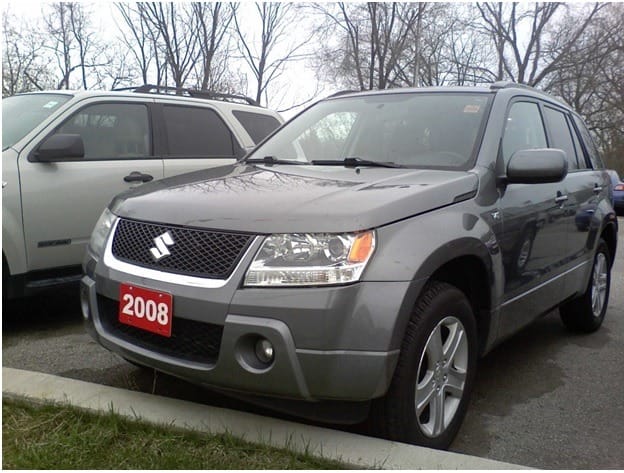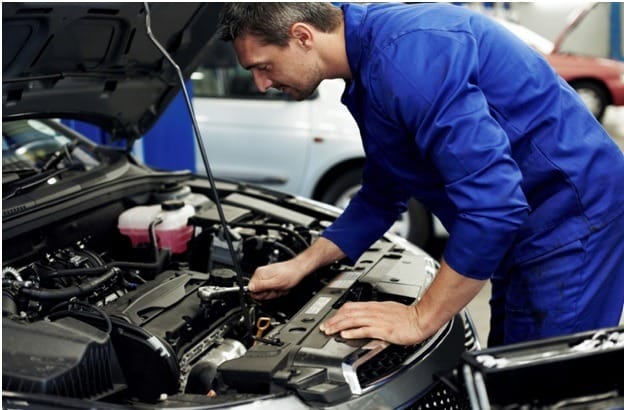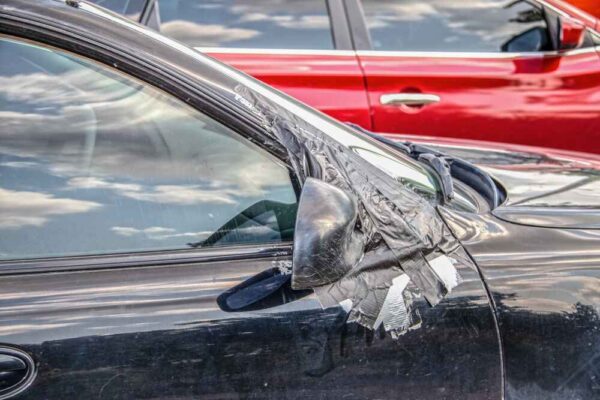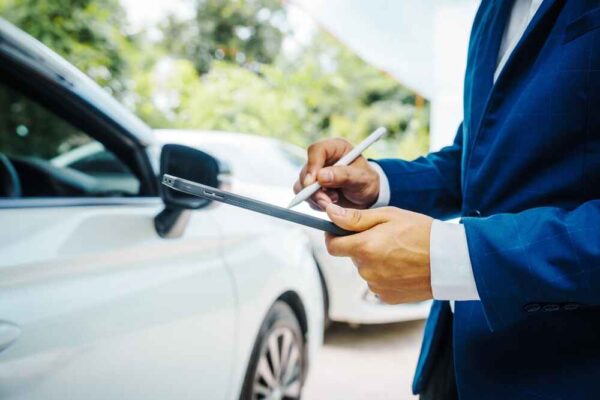
Used Car Standards Are Changing!
A dropping Canadian dollar, a used car sales hike, and changes to inspection standards. Those have all been in the news since the beginning of 2016. CBC news reported earlier this year the Canadian currency has dropped against its U.S. counterpart, and with oil prices remaining low it’s likely our dollar will remain weak in comparison to the Greenback down south.
Now most Canadians cringe when they hear the loonie is tumbling, but some sectors actually benefit from the struggling loonie, and one of those markets is for used cars. It isn’t uncommon to go to car auctions in Ontario nowadays and see US dealers bidding on the vehicles; especially the trucks and SUV’s.
A Changed Used Car Market
When the loonie is down, many Canadians scale back spending as they know they need to make every dollar stretch further. For many car consumers that means rather than buying the new car, they are opting for the more affordable used car market.
The Ontario Ministry of Transport (MTO) announced that it will be revising the standards that a used vehicle must meet in order to pass this province’s safety inspection rating to be considered roadworthy. The new rules will amend all ten sections of The Passenger/Light Duty Vehicle Inspection Standard.

Photo: avtopazar.info
What is Changing?
The ten components include powertrain, suspension, brakes, steering, instruments/auxiliary equipment, lamps, electrical, body, tires and wheels, and coupling devices. Here is an overview of the major changes that go into effect July 1st according to an article published at autotrader.ca see this for link
- Powertrain – many new checks including the gas pedal, exhaust system, driveshafts, differentials, clutch and pedals, drive belt pulleys and more. They have also included a timely new inspection for hybrid and electric drivetrains.
- Tires – are now subject to a deeper minimum tread depth.
- Body – requirements for structural integrity are much more stringent including frame, bumper, seats and seat belts, door latches and many more.
- Suspension – there are new standards for ride height, shock/strut performance and revised rules for measuring brake lining thickness. The steering system also must meet higher standards too.
- Lighting – this includes brake lights, turn indicators and all of the vehicle wiring involved in the lighting system.
What does this all mean to you? Well, it will likely take a little longer to inspect, and it will likely cost you a little more to complete – but in the end, used vehicles will be made safer for all which will probably end up saving you money in the long run.
You Might Want to Read
June 15, 2025
Sideswipe Collision: Who Is at Fault in Sideswipe Accidents?
June 15, 2025
Least Depreciating Cars in Canada
June 5, 2025
Welcome to the Team Keyes Insurance


